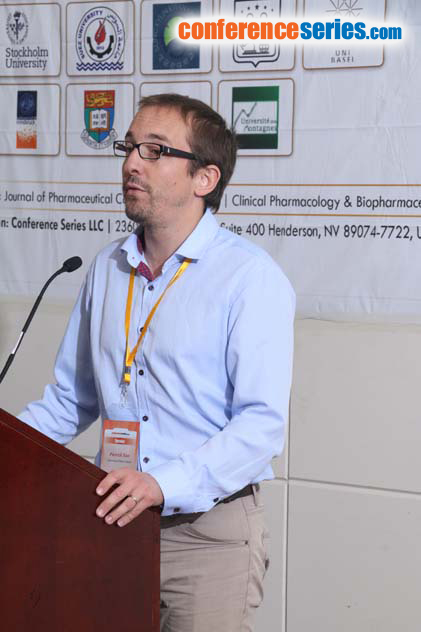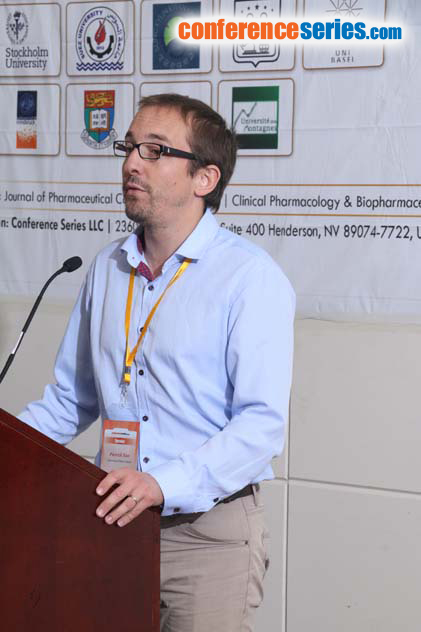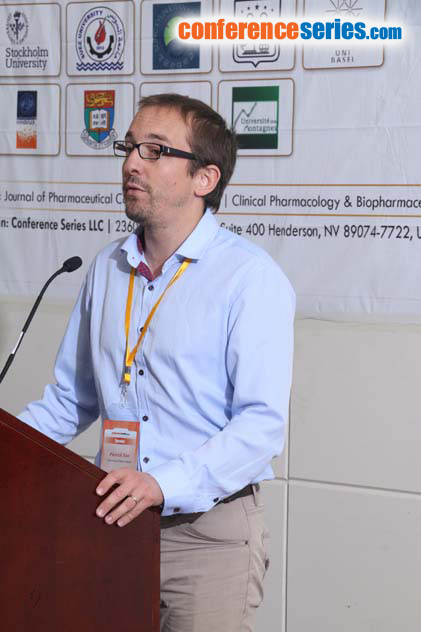
Pierrick Nun
University of Nantes, France
Title: How isotopes can help to authenticate the origin of drugs?
Biography
Biography: Pierrick Nun
Abstract
Nowadays several analytical techniques are available to help characterize pharmaceutical compounds: physical profile, X-ray diffraction, infrared spectroscopy, mass spectrometry, liquid or gas chromatography, NMR. These techniques make it possible to assess the identity and the purity of the Active Pharmaceutical Ingredient (API), the eventual presence of impurities and/or solvent traces and their abundance. On the basis of such information, a fingerprint of the drug can be established: this can be used to compare it with possible counterfeit APIs. Nevertheless, in many cases it is probable that the same synthetic route and identical purification techniques will have been used. In these circumstances, no significant differences will be seen between the two sources of medicine. Moreover, these analyses cannot, in most cases, give any information on the origin of the reagents and solvents used, or on the synthetic pathway chosen if no characteristic impurities are detected. The EBSI team (Elucidation of Biosynthesis by Isotopic Spectrometry, partner 1) has a highly-developed experience in NMR and, more precisely, in isotope ratio monitoring by NMR (irm-NMR). Quantitative 13C NMR has already been successfully applied to a range of molecules including glucose, vanillin, paracetamol and aspirin and used to show the position-dependent isotopic fractionation occurring during reactions or purifications. Two different applications will be presented here: (i) can irm-NMR give an answer in the actual debate around the origin of Tramadol, natural or anthropogenic? (ii) could the isotopic fingerprint provide a unique tool for the authentication of drugs, depending of their synthesis, manufacturer or the origin of reactants?







